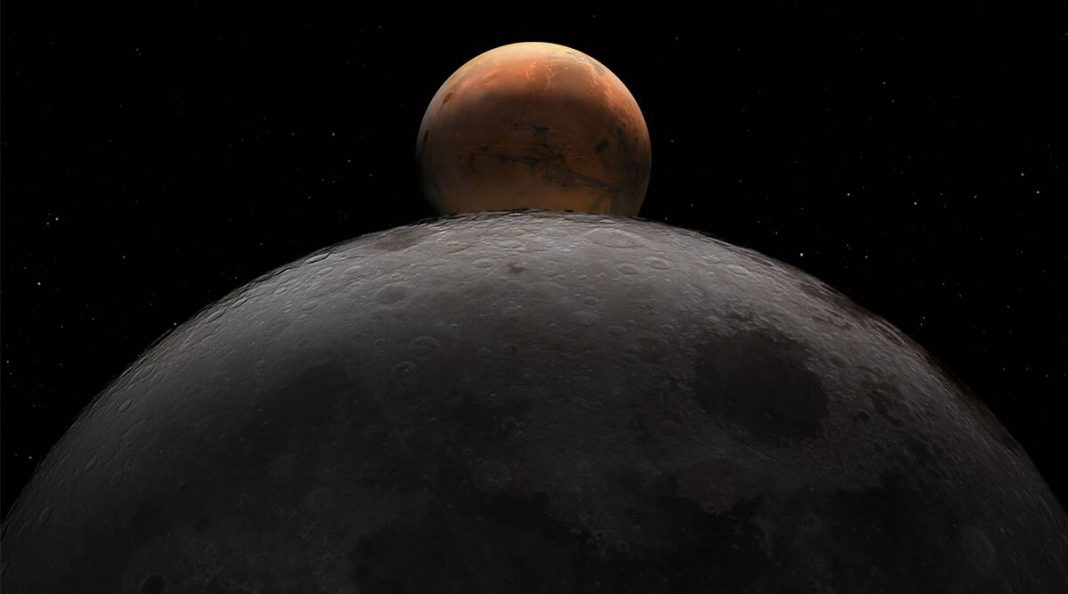NASA has shared its early plans to send astronauts to Mars for 30 days. The space agency had released a draft set of high-level objectives earlier this year. These identify 50 points falling under four categories of exploration, including transportation and habitation; Moon and Mars infrastructure; operations and science.
The space agency is calling on the industry, academia, international communities and other stakeholders to provide input on its deep space exploration objectives. It will continue to accept feedback on its plans till May 31.
“The feedback we receive on the objectives we have identified will inform our exploration plans at the Moon and Mars for the next 20 years. We’re looking within NASA and external stakeholders to help us fine-tune these objectives and be as transparent as possible throughout our process. With this approach, we will find potential gaps in our architecture as well as areas where our goals align with those from industry and international partners for future collaboration,” said Deputy Administrator Pam Melroy.
NASA aims to launch astronauts to the red planet by the late 2030s or early 2040s, which is a challenging feat, to say the least. Even if the right amount of funding and technology are available, the round-trip journey between Earth and Mars will take more than 500 days.
The space agency envisions using a large spacecraft that can take astronauts to Mars using a hybrid rocket stage (powered by both chemical and electric propulsion) Four astronauts will embark on the journey with two getting off on the surface of the moon. The large spacecraft needs to be like a habitat so that the four astronauts can have a safe, healthy and comfortable journey till they reach the planet.
Before the crewed spaceflight, a robotic mission will deliver many essential supplies and hardware. These will be waiting for the astronauts till they land. These supplies will include a fuelled ascent vehicle that will help the astronauts get off the surface of Mars and into the orbit of the planet.
